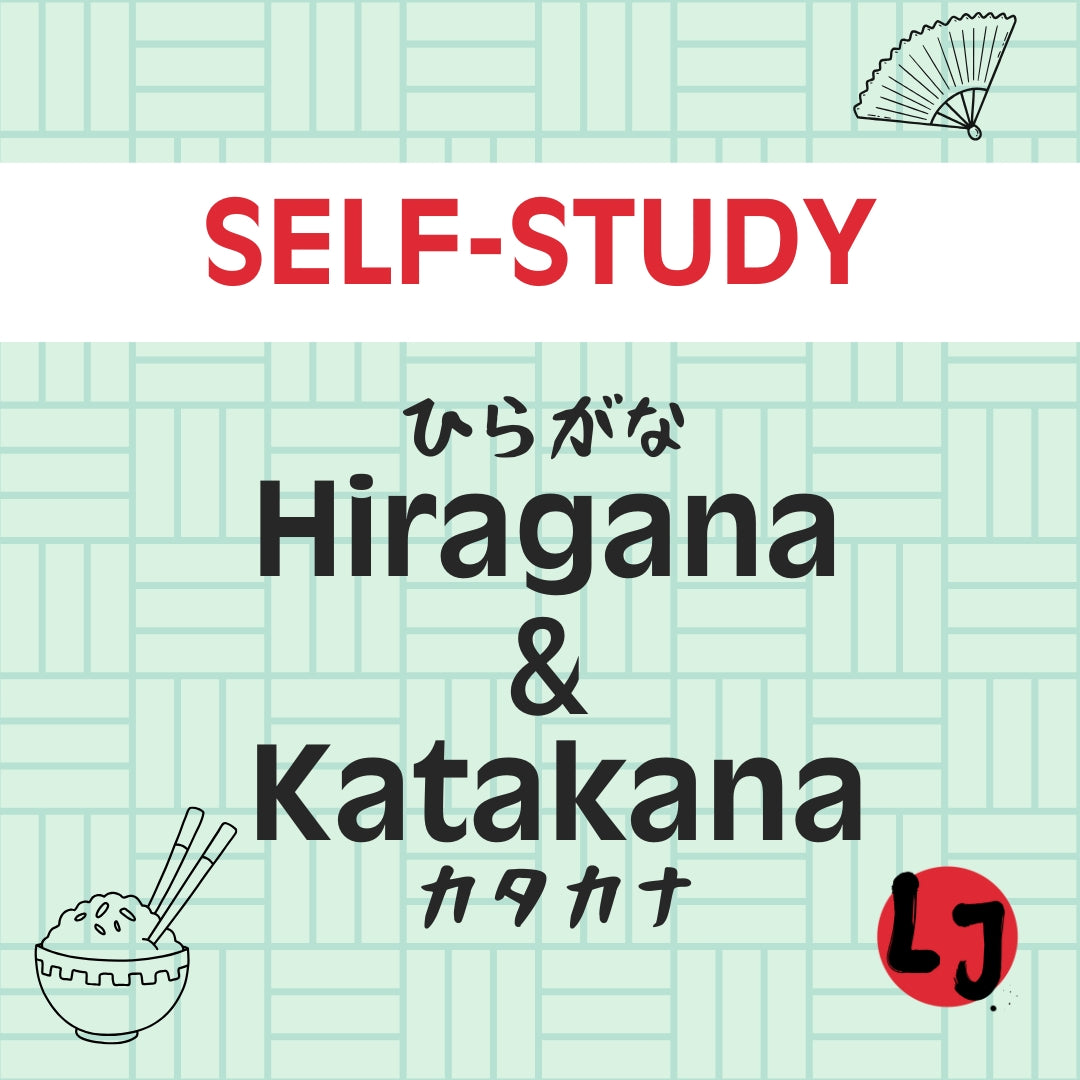Pros, Cons & How to Use It Effectively
If you've been researching how to start learning Japanese, chances are you've come across Genki. It’s one of the most recommended textbooks for beginners, and for good reason. But is it the right choice for you? Let’s break it down with a clear overview of its strengths, weaknesses, and the best way to use it in your study routine.
What Is Genki?
Genki: An Integrated Course in Elementary Japanese is a comprehensive beginner textbook, currently in its 3rd edition. It’s structured around lessons that build vocabulary, grammar, kanji, reading, writing, listening, and speaking skills together.
The book is typically used in universities and online courses, such as our Course for Beginners 1, which covers the first four chapters in a guided small-group setting.
✅ Pros of Using Genki
1. Structured & Progressive
Genki is laid out in a clear, logical order. It introduces grammar and vocabulary at a manageable pace, starting with basics like XはYです and steadily progressing to verb conjugation, particles, and useful expressions.
2. Integrated Skills
Every chapter includes sections on:
-
Grammar explanations and sample sentences
-
Vocabulary lists with example uses
-
Dialogues for listening practice
-
Writing and reading exercises
-
Cultural notes to add context
This makes Genki ideal for those wanting a holistic learning experience—not just memorizing words or phrases.
3. Supports Self-Study and Classroom Use
While it’s especially effective in a classroom or guided course, many self-learners use Genki too, thanks to its structured format and optional workbooks.
4. Covers JLPT N5–N4 Level
By the end of Genki II, you’ll have covered most grammar and vocabulary necessary to attempt the JLPT N4 exam. Genki I by itself gives you a solid foundation for everyday conversation and the N5 exam.
❌ Cons of Using Genki
1. Requires Some Script Knowledge At The Start
Genki assumes you already know Hiragana and Katakana. If you’re starting from absolute zero, you’ll need to learn those scripts before opening the book. (A self-study Hiragana & Katakana package is highly recommended first.)
2. No Built-in Speaking Practice
Genki includes listening activities, but you’ll need a course, tutor, or language partner to get real-time speaking practice. Without that, many learners feel stuck in “reading-only” mode.
How to Use Genki Effectively
1. Pair with the Workbook
Each chapter has a companion workbook with exercises that reinforce grammar, vocabulary, and writing. Always do the workbook right after reading a chapter—it helps cement what you’ve learned.
2. Study in Short, Focused Sessions
Don’t rush. Spend 2–3 days per chapter:
-
Day 1: Read grammar & vocab, listen to dialogues
-
Day 2: Complete workbook + practice aloud
-
Day 3: Review and test yourself with flashcards (try Anki or Quizlet decks)
3. Use It in a Guided Course
Joining a structured course like Course for Beginners 1 helps you stick with the material and get feedback. You’ll learn how to use the grammar in conversations, not just memorize it.
4. Supplement for Speaking and Culture
Use Genki as your core but add:
-
Speaking practice: Join a beginner conversation course or online language exchange
-
Listening & culture: Watch beginner-friendly anime, vlogs, or Japanese TV with subtitles
Verdict: Is Genki Worth It?
Yes! Genki is one of the best textbooks for serious beginners who want a comprehensive, structured approach to learning Japanese. It’s ideal if you:
-
Have learned or plan to learn Hiragana & Katakana first
-
Want to understand Japanese grammar deeply
-
Prefer guided lessons with workbook support
-
Value steady, long-term progress over shortcuts
If you’re more of a casual learner or only interested in conversational phrases, you might find Genki overwhelming. But for most learners aiming for JLPT N5/N4 or day-to-day Japanese fluency, it’s an excellent foundation.
















